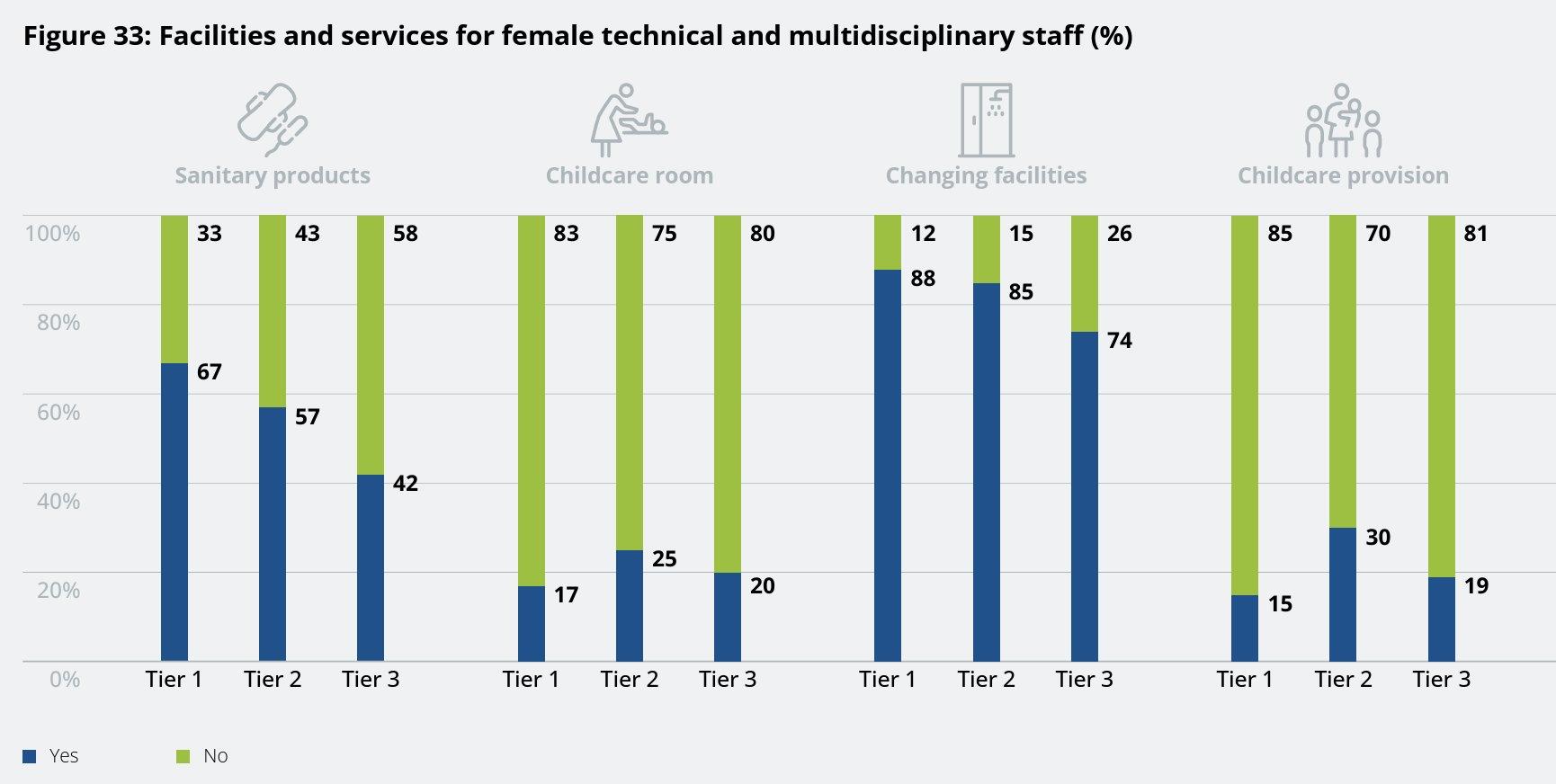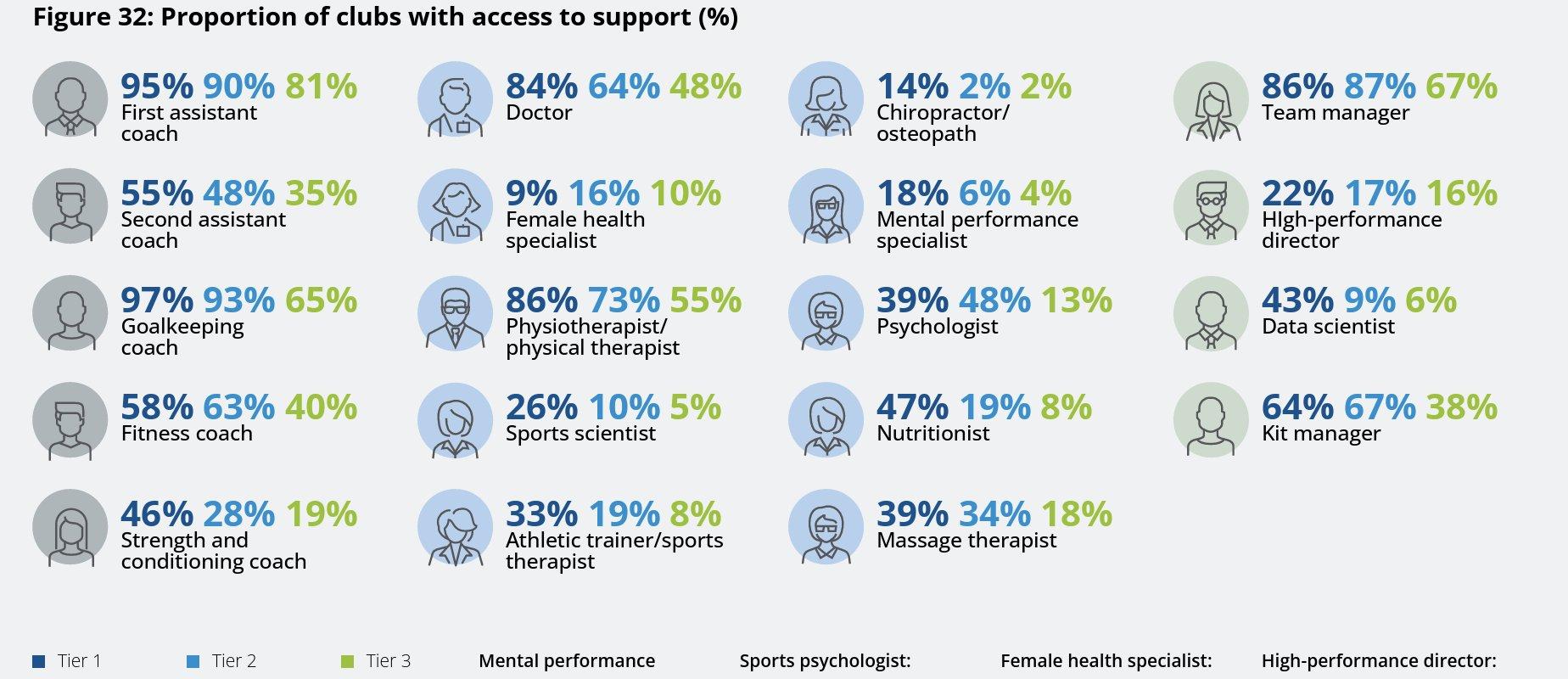GPL Matchday 4 Preview: Samartex vs Aduana Stars at Nsenkyire Sports Arena
The Nsenkyire Sports Arena will host a thrilling encounter this weekend as Samartex take on Aduana Stars in Matchday 4 of the Ghana Premier League.
The latest FIFA Benchmarking Report, titled "Setting the Pace," which provides a comprehensive analysis of the global landscape of women's football has been released.

The latest FIFA Benchmarking Report, titled "Setting the Pace," which provides a comprehensive analysis of the global landscape of women's football has been released.
This fourth edition of the report marks a significant expansion, covering 86 leagues and 669 clubs, compared to the 34 leagues analyzed in previous editions.
Key Findings
Financial Disparities:
Tier 1 leagues, classified as "elite," reported an average revenue of $4.4 million but faced expenses averaging $7.6 million4.
Tier 3 leagues, labeled as "emerging," generated only $76,000 in revenue while incurring $182,000 in expenses.
The average annual salary for female players globally is $10,900, with Tier 1 players earning around $24,0304. 
Attendance and Fan Engagement:
Tier 1 leagues averaged 1,713 fans per match, while Tiers 2 and 3 drew 480 and 380 fans, respectively4.
Clubs that hosted matches in larger stadiums saw attendance figures double compared to their regular venues.
Player Welfare:
Only 38% of Tier 3 players have access to health insurance, compared to 64% in Tier 1 and Tier 2.
Maternity leave is accessible to 64% of players in Tier 1 and Tier 2 but only 22% in Tier 3.
Gender Representation: 
Women make up 22% of head coaches across all tiers, while 42% of referees are female4.
Recommendations and Future Plans
FIFA has outlined 15 recommendations to support the professionalization of women's football. These include improving financial sustainability, enhancing player welfare, and increasing fan engagement.
Additionally, FIFA plans to launch two new global women's club competitions: the FIFA Women's Champions Cup in 2026 and the FIFA Women's Club World Cup in 2082.
This report not only highlights the strides made in women's football but also underscores the challenges that remain. It serves as a roadmap for stakeholders to build a more equitable and sustainable future for the sport.
The Nsenkyire Sports Arena will host a thrilling encounter this weekend as Samartex take on Aduana Stars in Matchday 4 of the Ghana Premier League.
All eyes will be on the Baba Yara Stadium this weekend as Asante Kotoko welcome Heart of Lions in one of the standout fixtures of Ghana Premier League Matchday 4. The Porcupine Warriors will be looking to build momentum, while the visitors arrive with confidence after an impressive start to the season.
The Ghana Premier League enters Matchday 4 with a fascinating clash at the Swedru Sports Stadium, where newly-promoted Swedru All Blacks welcome reigning champions Bibiani Gold Stars. It is a game that pits fresh ambition against established dominance, making it one of the most eye-catching fixtures of the weekend.
